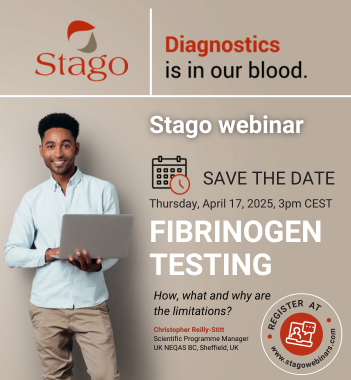What are the complications of the disease?
The most serious complication is pulmonary embolism (PE), caused by partial or total obliteration of the pulmonary arterial network following the entry into the circulation of the clot responsible for DVT. The mortality rate associated with pulmonary embolism continues to be high.
The clinical signs of pulmonary embolism are also fairly non-specific:
- chest pain
- dyspnoea
- tachycardia
- cyanosis
- mild fever
- right heart failure
- pleural effusion
Assay of D-dimers may be performed to rule out a diagnosis of PE. Unequivocal diagnosis is provided by imaging (spiral CT angiography).
Post-thrombotic syndrome is the most common complication of DVT. Symptoms are as follows and may be moderate:
- heavy legs
- cramp
- evening oedema
- varices
- venous claudication
- trophic skin disorders (dermohypodermitis, leg ulcers)
Finally, the condition can recur. Relapse is more common where the risk factor responsible for the initial event is permanent (e.g. cancer) compared with settings where such factors are transient. In addition, the absence of residual thrombus coupled with normal d-dimer levels 3 to 4 weeks after initiation of treatment may be indicative of low risk of relapse.

